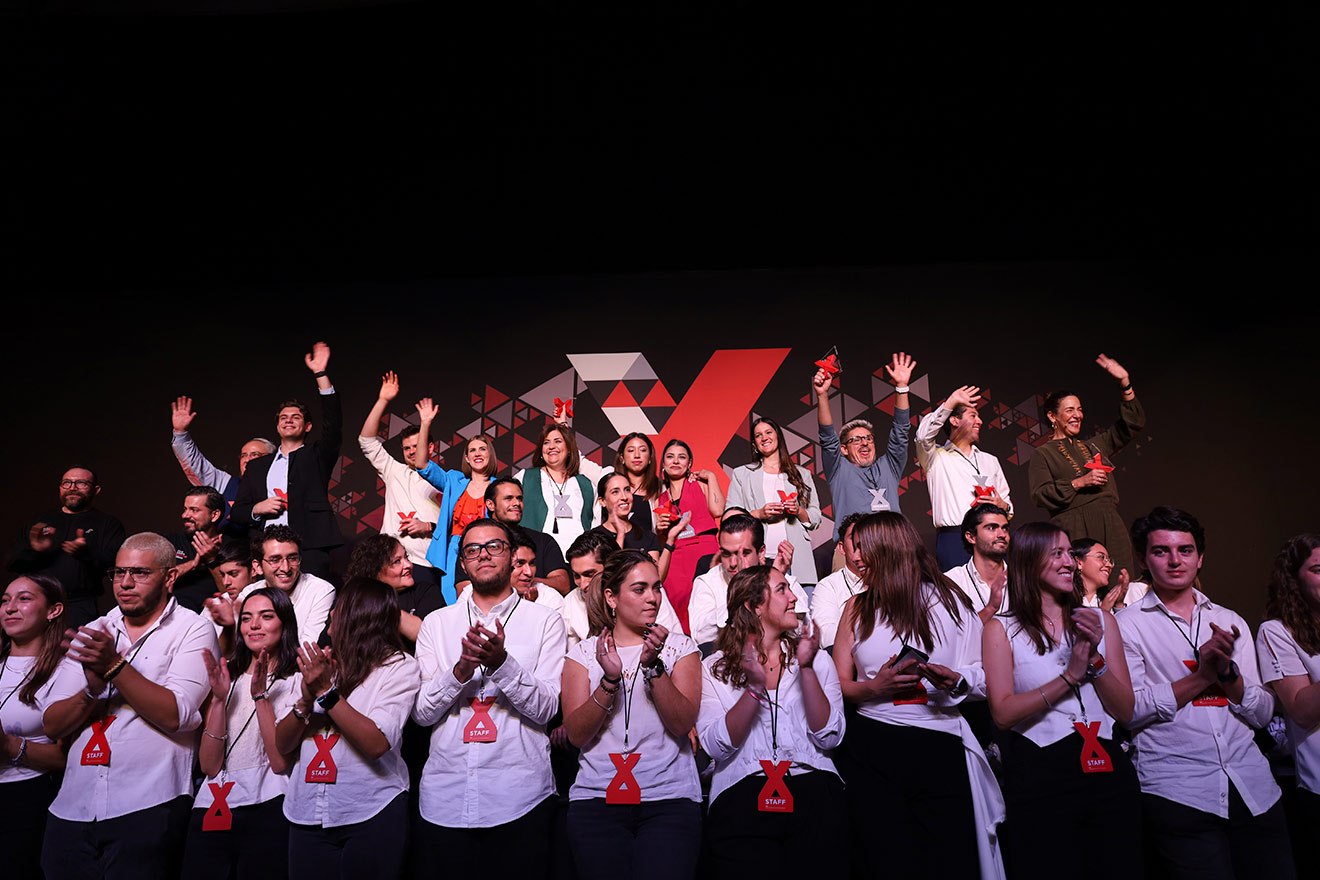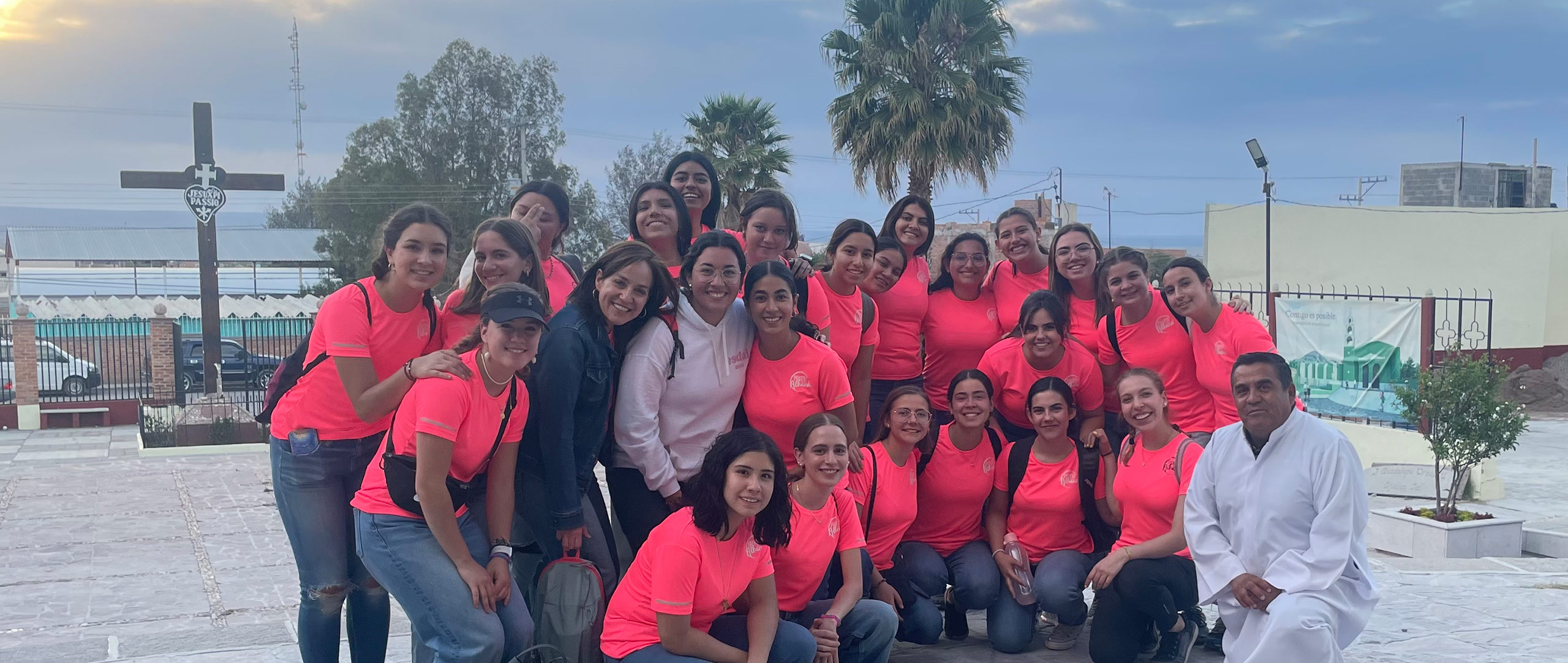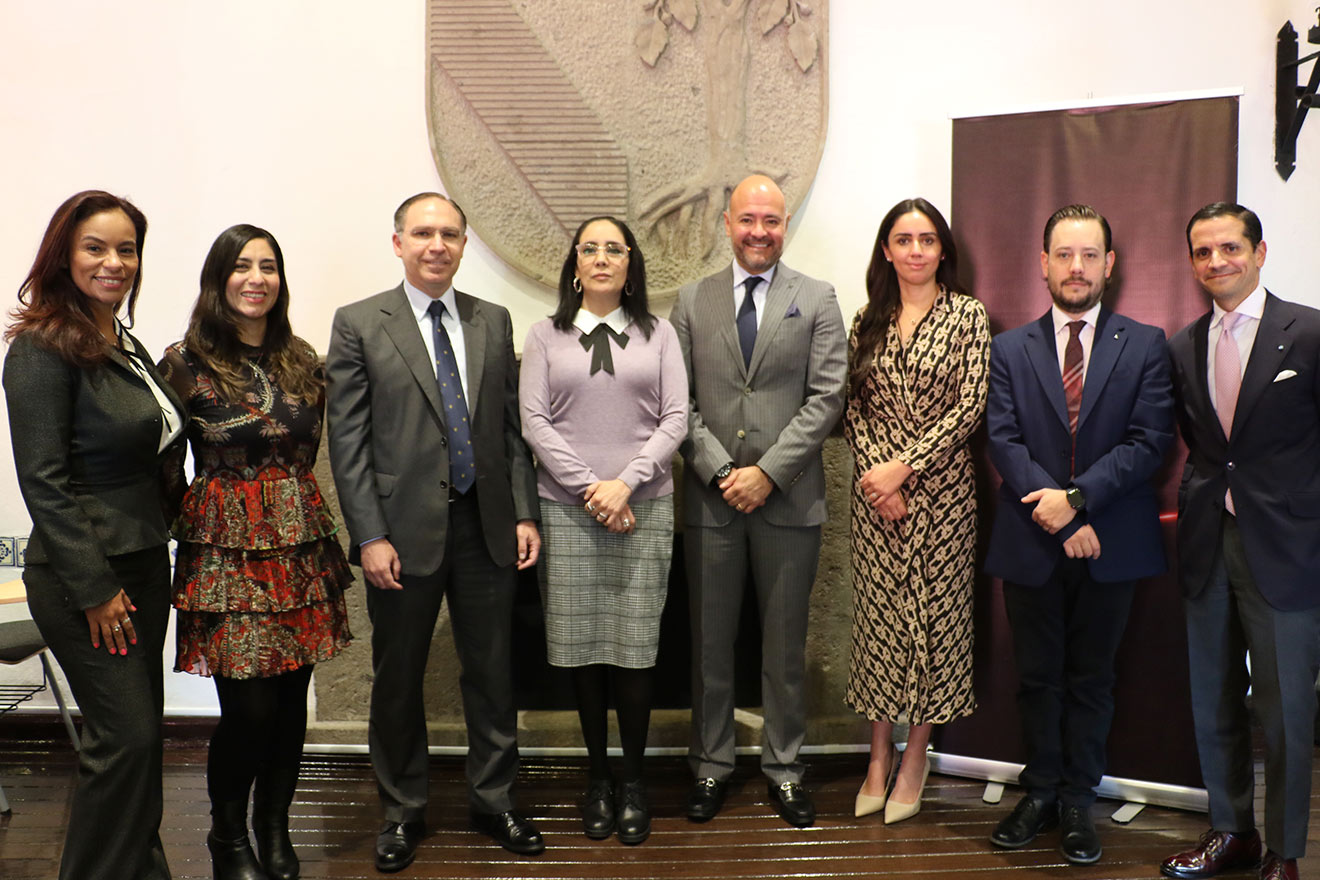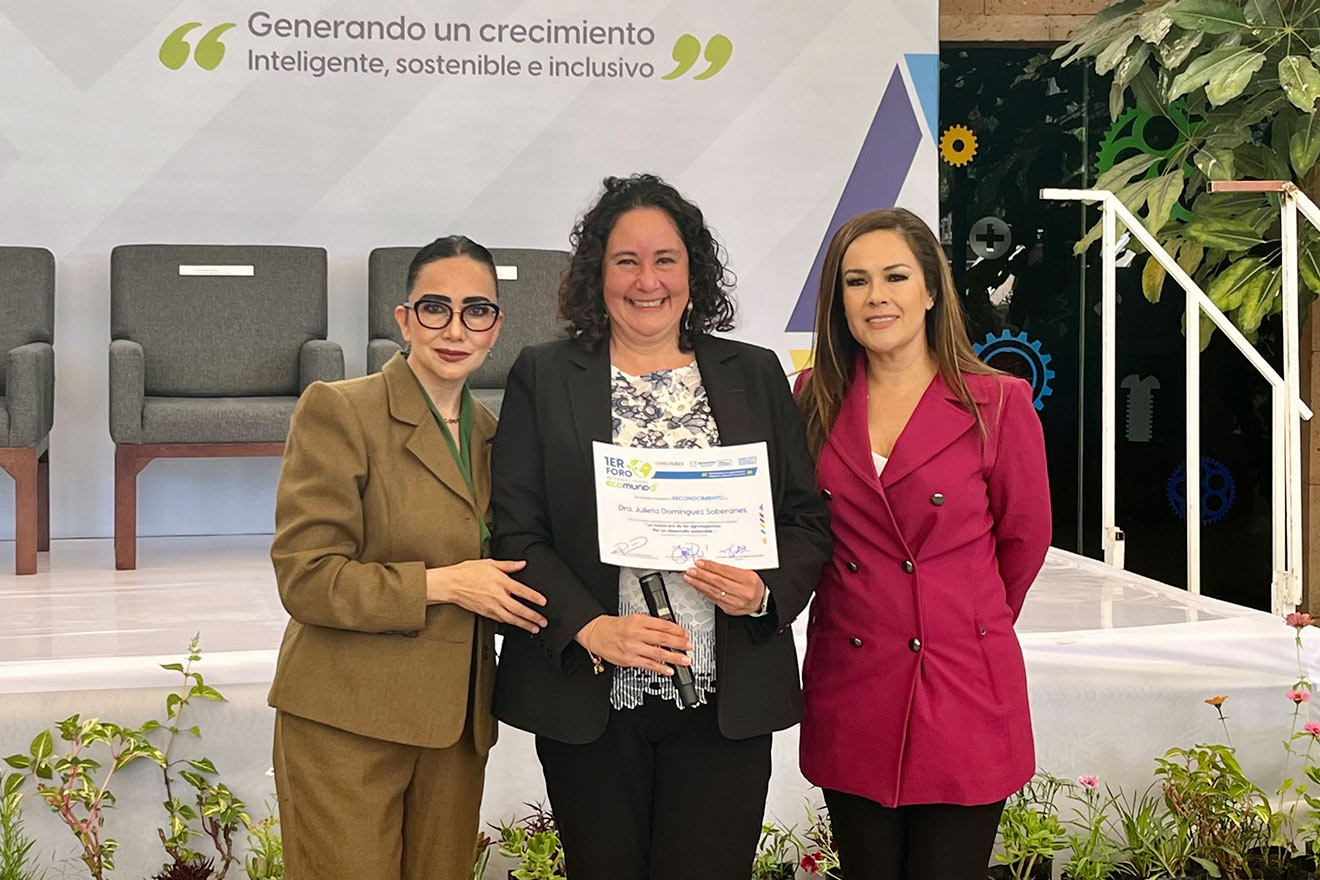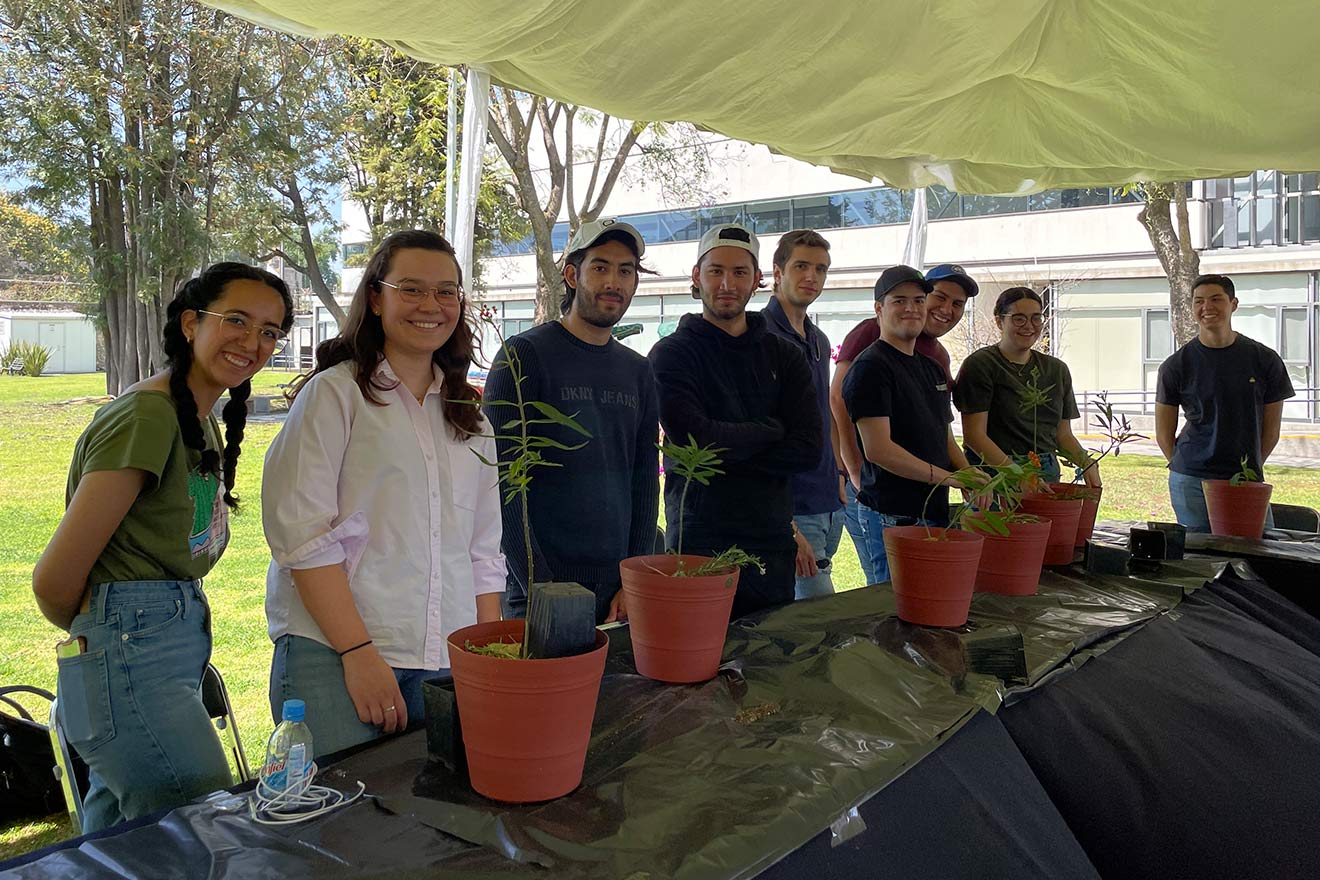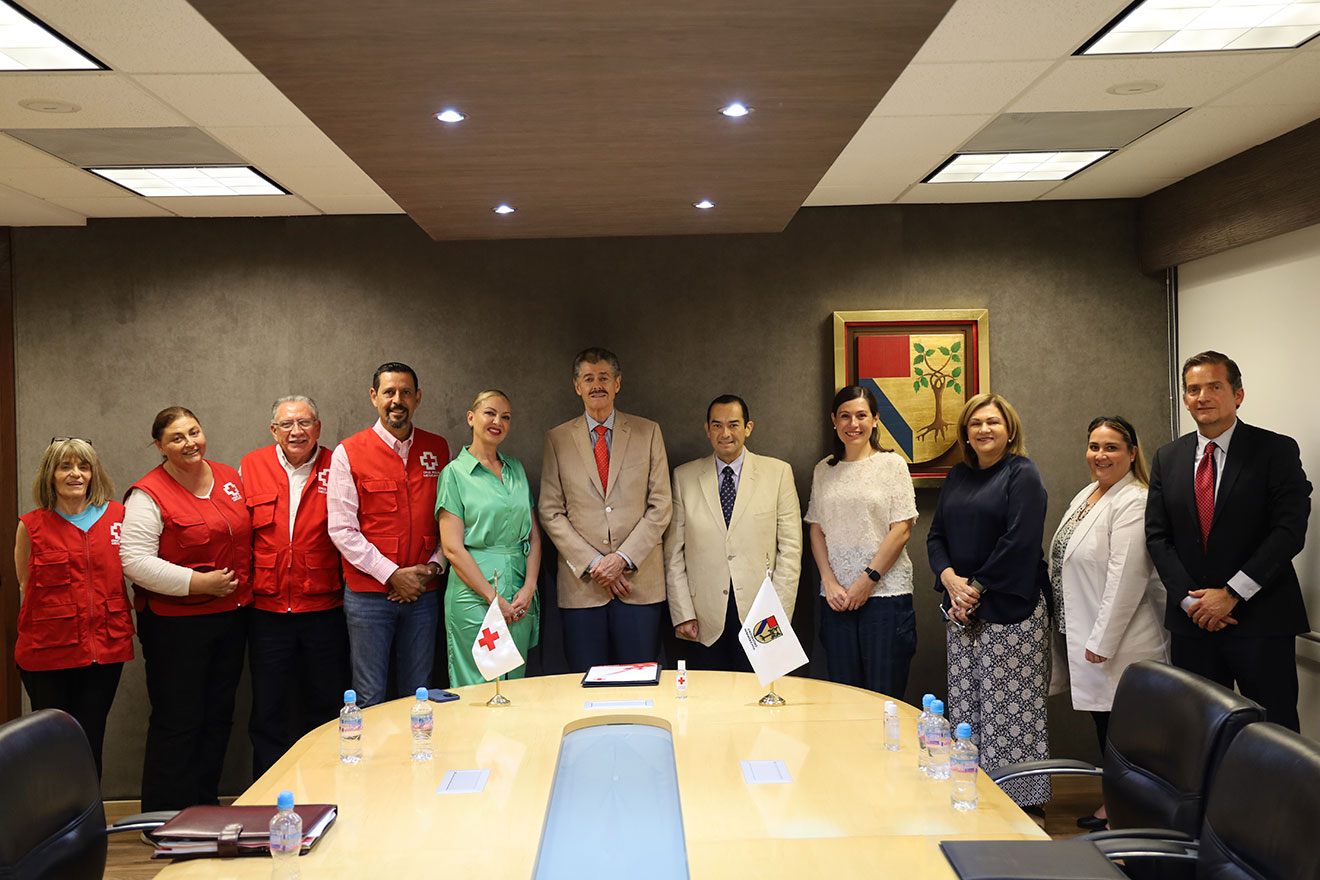Aguascalientes, Ags. February 3, 2023.- In continuity with the series of lectures given by Gustavo Pérez Berlanga on behalf of the School of Food Business Management at our Panamericana de Aguascalientes, Ags. PanamericanaThis time he spoke to us about food loss and waste and how we can take action against this problem.
During his visit, corporate social responsibility expert Gustavo Pérez Berlanga, Director of Social Responsibility and Sustainability at Toks Restaurants, as well as partner of Grupo Restaurantero Gigante (GRG), which integrates the brands of Toks, Toks and GRG. which integrates the Toks, Beer Factory, Panda Express, Shake Shack and El Farolito brands, once again gave a lecture entitled "Flavor with a conscience: Sustainable strategies to combat food waste",
During the conference, he highlighted his work in his company, which has around 230 restaurants in Mexico, where he raises awareness about social and environmental issues, and that is the business strategy.
"While my directors and colleagues look at sales, margins, profit, cost, etc., I am in charge of looking at social and environmental issues, such as justice, solidarity, the common good, responsibility, and how these ethereal concepts at 10,000 meters above sea level are transformed into very complex things in the company," he says.
Food loss and waste
Based on the Practical Guide: Why and how to quantify food loss and waste, the director of social responsibility talks about the guide that the North American Environmental Commission - made up of the United States, Mexico and Canada - establishes initiatives related to environmental issues.
"This practical guide takes the reader through the steps involved in measuring food loss and waste (FWL). Consider it a quick reference for guidance and assistance, and take advantage of the links it contains, which will give you quick access to the material of most interest," the practical guide quotes.
"The following checklist shows the seven steps for measuring food loss and waste, with an indication of the corresponding module in this guide . It is recommended for use in tracking progress in the PDA measurement process and also for easier reference to the appropriate module. Steps 1 to 6 are the same for all users; step 7, on the other hand, corresponds to the methodology for measuring the FWP and is specific to each of the sectors involved in the food supply chain," he continues.
Steps to follow
Determine why you want to prevent and reduce food loss and waste (FWL). (Module: 'Why quantify FWL?')
Step 2. Conduct a PDA prevention and reduction feasibility analysis (Module: 'Financial - and environmental - justification of PDA quantification, prevention and reduction').
Step 3. Prepare for change associated with measuring, preventing and reducing PDA (Module: 'Implementing Change').
Step 4. Establish your own PDA definition (Module: 'Scope definition').
Determine the causes of the PDA in your case and identify solutions (Module: 'Identification of root causes').
Identify what will be quantified to monitor progress over time (Module: 'Selecting Key Performance Indicators and Determining the Effects of the ELP').
Select the method for measuring food loss and waste according to your sector and implement it (Module: 'Sector-specific guidance').
Gustavo's role was to provide advice from the catering sector in order to include exports in the guide.
In addition, this guide proposes a pyramid made up of five stages:
- Do not waste from the source, i.e., avoid waste as much as possible from the beginning.
- Since there is a waste, is there a way to recover it for human consumption? if it cannot be recovered for human consumption, can it be recovered for animal consumption?
- Use for composting, biofuel or recycling
- Decomposition
RELEVANT FACTS ABOUT THE CONFERENCE
- One third of all the world's food goes to waste
- Food waste causes 10% of greenhouse gases
- In Mexico, 28 million kilograms per person are wasted
- 828 million people in the world do not eat a day and in Mexico 32 million do not eat a day
"The first thing is that you care, the second thing is what are you going to do?" reflects Gustavo.



